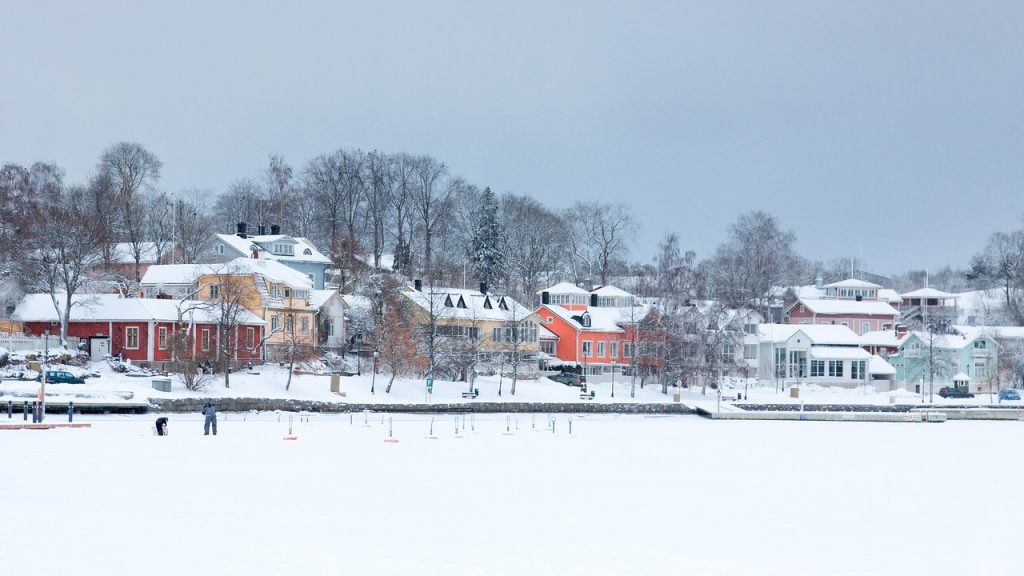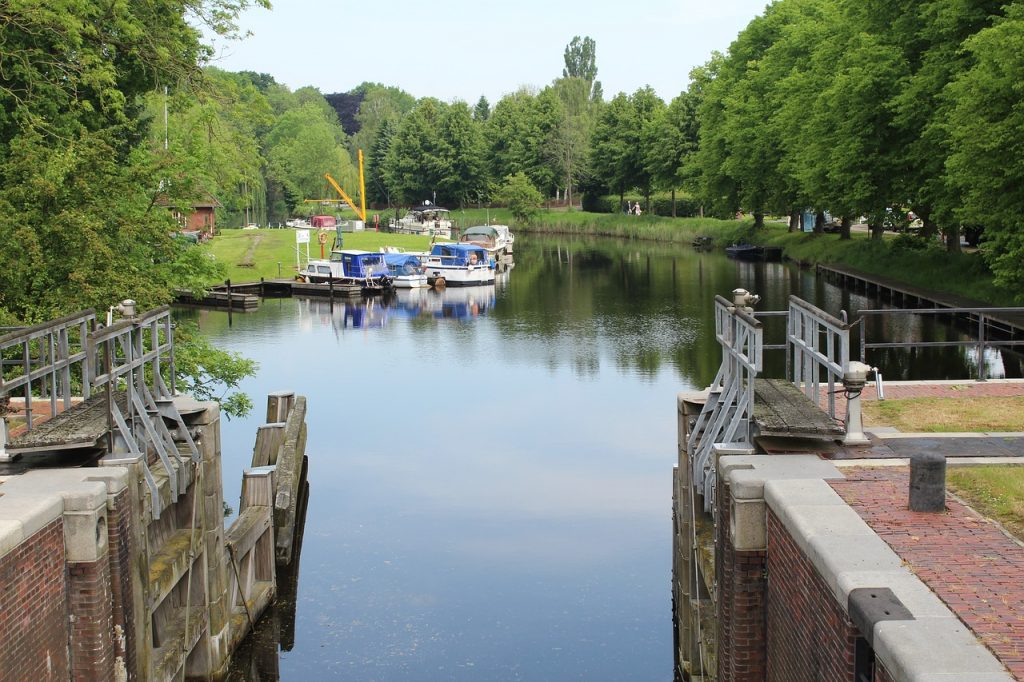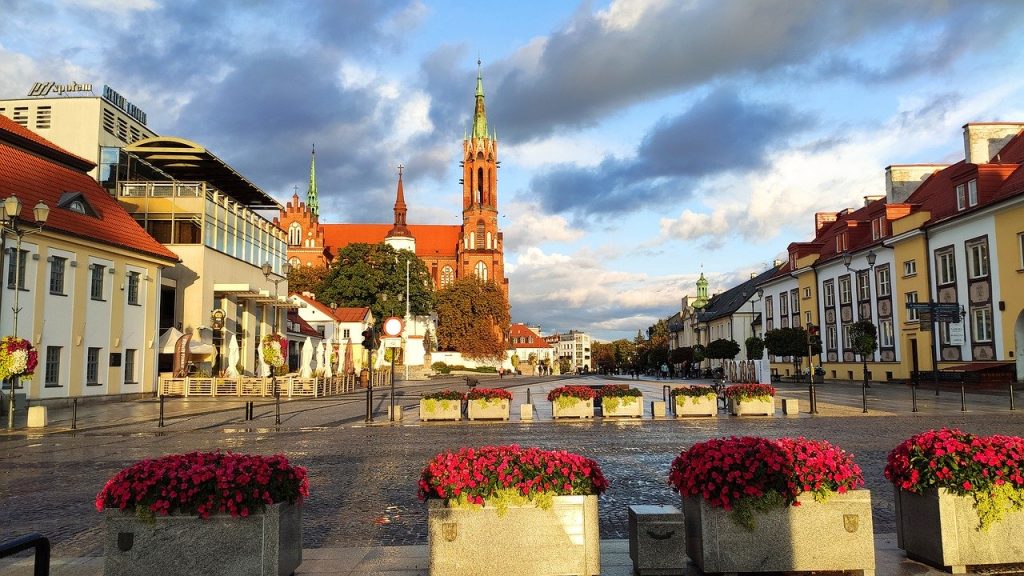Throughout the country, November 11 is celebrated as Independence Day. It is associated with ceremonial marches of troops, laying flowers at the Tomb of the Unknown Soldier, patriotic slogans … There is, however, one place on the map of Poland where its celebrations go beyond national traditions. And that’s where St Martin’s Croissants count.
Street that celebrates the name day – Saint Martin in Poznań. Saint Martin comes back to life for a few hours, who travels the city on a white horse to get the keys to its gates, and the inhabitants are overcome by a frenzy of devouring as much as possible nowhere else unusual croissants …
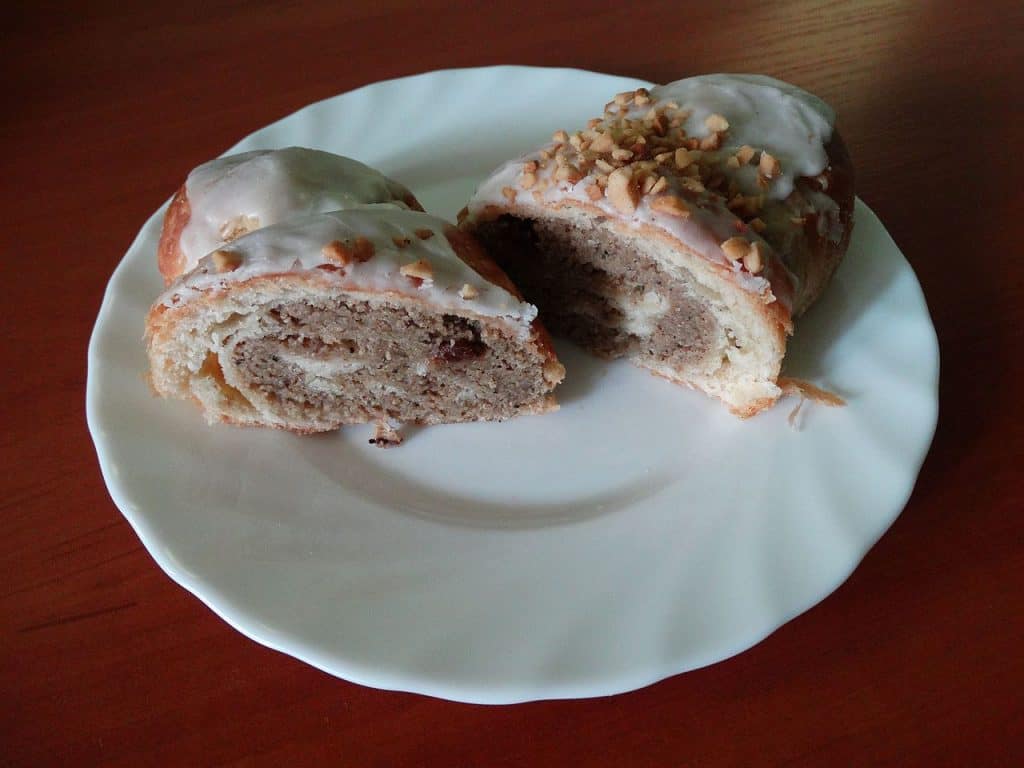
SAINT MARCIN BEFORE
This place is, of course, Poznań. On the 11th of November, the name day is celebrated by one of the main streets whose patron is Saint Martin. The history of establishing a settlement in its vicinity dates back to the 12th century. The street owes its name to the church of Saint Martin, around which the life of the inhabitants began to focus. The first mention of it comes from 1252. It also quickly became one of the main arteries of the city.
SAINT MARCIN TODAY
What is Święty Marcin Street today? It has definitely lost some value, pedestrian traffic has shifted more towards Półwiejska Street, commonly known as the Promenade, and the Stary Browar shopping mall located next to it. However, it is still visited by thousands of tourists and Poznań residents every day. While strolling here, it is worth looking up a bit to the sky to see historic tenement houses, enchanting renovated facades, as well as the “Alfa” buildings towering over the Old Town – the former complex of department stores, now transformed into office buildings and retail outlets. At Święty Marcin Street there are also such monuments as the Imperial Castle, University Hall, buildings of the Academy of Music and the Printing House of Saint Wojciech. There are many shops, clubs, eateries, and recently … banks. However, this does not change local customs and traditions.
STREET NAMES
Every year, on November 11, Święty Marcin Street revives, gains its former splendor, energy and colors. On that day, it is closed to car traffic, and the inhabitants of Poznań flock to the festival held here under the name of “Street Name Day”. The central point of the great celebration is the Imperial Castle, where the most is happening. The event begins with a pilgrimage sum, celebrated in the church of St. Martin. Immediately after it, from this place, a colorful procession begins, with the figure of the Patron dressed in a Roman legionary at the head. On horseback, he travels the entire Święty Marcin Street, where he receives the keys to its gates from the mayor on the square near the Castle. This symbolic moment begins a real celebration and fun, accompanied by numerous exhibitions, performances, theater performances and concerts that take place until late in the evening. Traditionally, it ends with a fireworks show. Along the street, there are stalls where you can find the proverbial “soap and jam”, although, of course, St Martin’s croissants dominate.
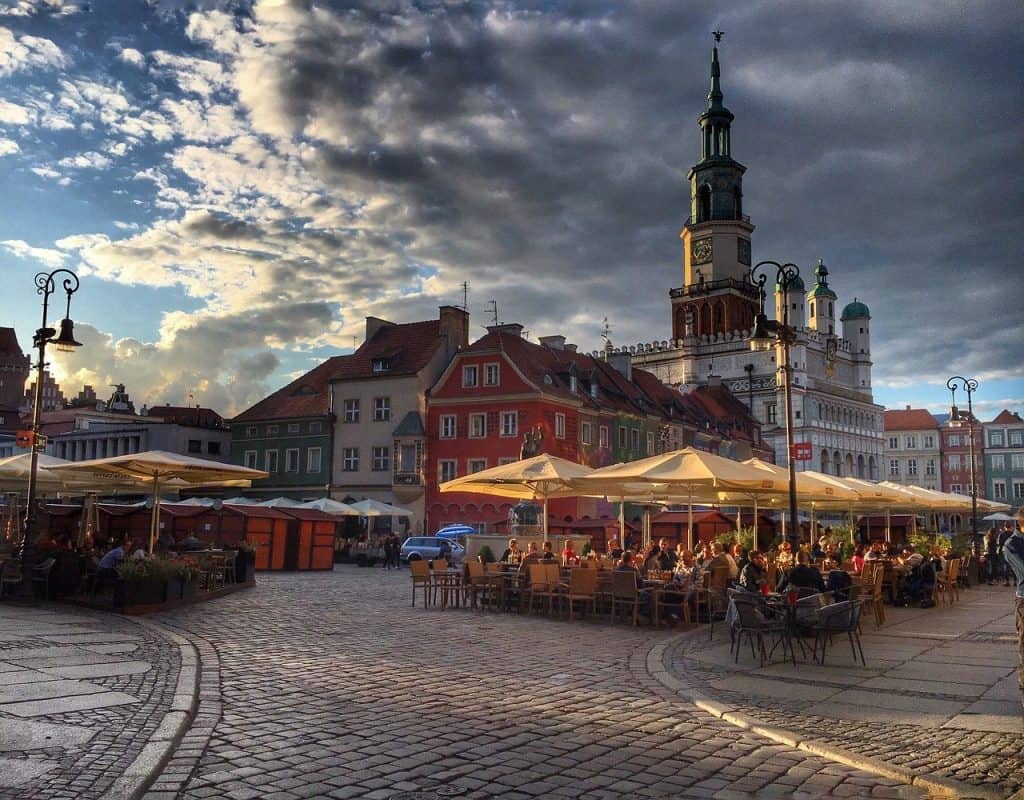
THE BORN OF A LOCAL TRADITION
The practice today, revived in 1994, is really just a return to medieval tradition. On November 11, an indulgence in the church of St. Martin. It is here that the tradition of eating special St. Martin’s croissants was established. Legends from those times mention a Poznań baker who baked them in response to the appeal of the parish priest for gifts for the poor. He appeared outside the church with three sheets, and soon others joined him. The tradition has survived to this day, although many wonder what is their unprecedented popularity?
THE PHENOMENO OF EXTRAORDINARY BAKING
St Martin’s croissants are quite popular among Poznań residents, as well as people from all over Poland, who often travel hundreds of kilometers just to taste them “at the source”, the more so because they are a patented and regional product. They are made of yeast dough filled with almond-poppy seed filling, with the addition of dried fruits and other mysterious ingredients. Every year in Poznań, various competitions and rankings of the best confectioneries are organized, precisely in terms of the delicacy baked there. They are accompanied by strict judgments, and the city’s inhabitants often start their marathon after confectioneries a few days before the holiday, in search of the best croissants – with a large amount of filling and a unique taste. The more that all other products, buns and donuts disappear from the confectionery shelves a few days before the holiday, and customers hungry for sweets are actually doomed to this very baking.
There is an opinion throughout the country that the people of Poznań are thrifty, but in the face of the “croissant tradition” this feature is somewhere in the background. For 1 kg of baking you have to pay from 18 to 40 zlotys, but when looking for the real, traditional croissants that have been certified by the Confectioners and Bakers’ Guild, you should focus on the upper price limit. This means that on average you have to pay 4 to 7 zlotys for one croissant. The popularity of St Martin’s croissants is certainly added by the fact that they are almost a luxury commodity – you can enjoy their unique and unique taste only once a year. It is worth visiting Poznań, if only to taste them and take part in one of the local traditions, which has become a permanent part of the city’s calendar of events.
